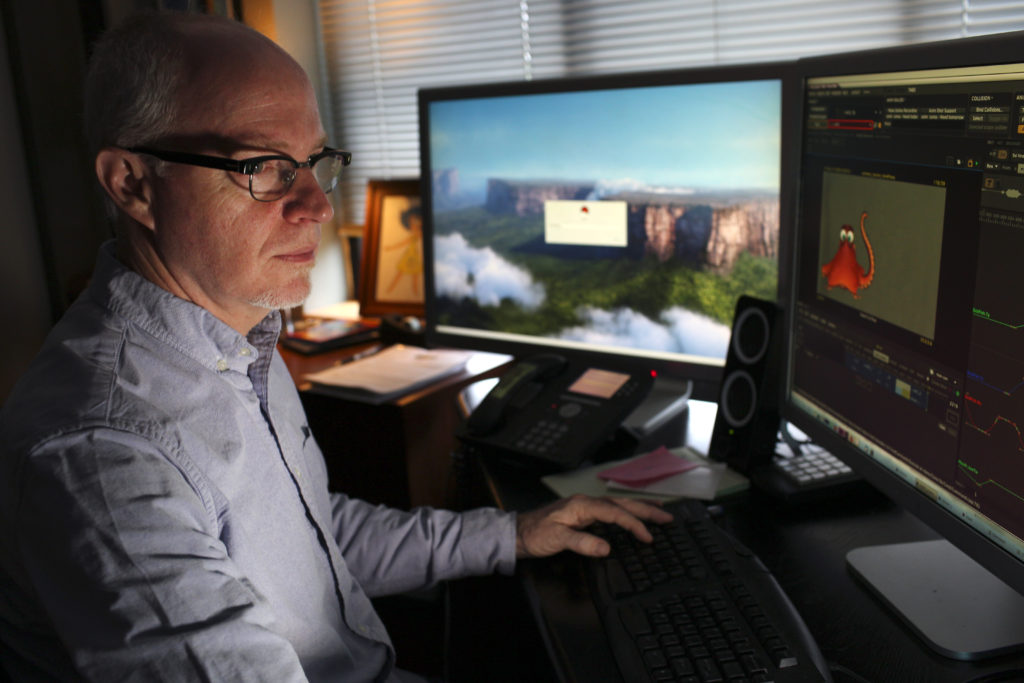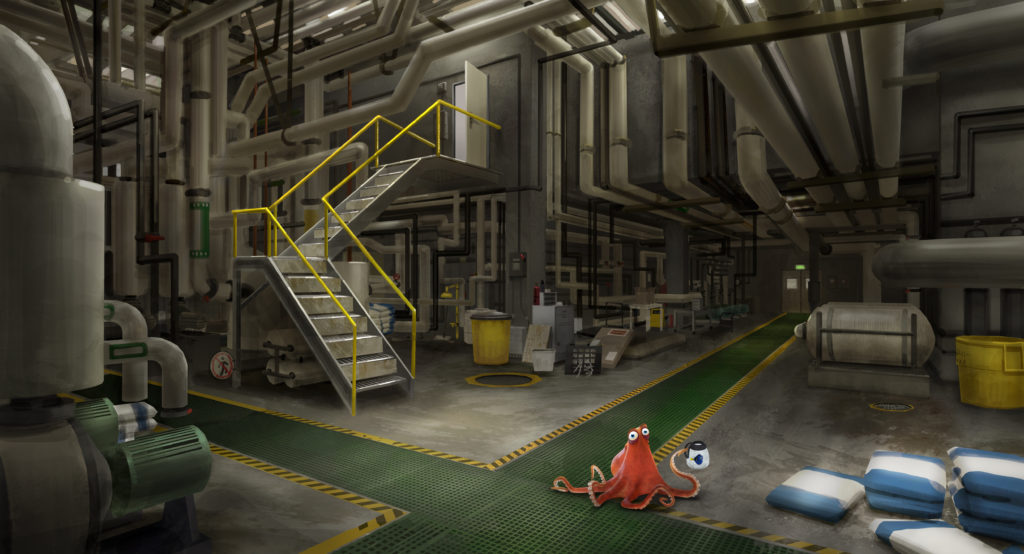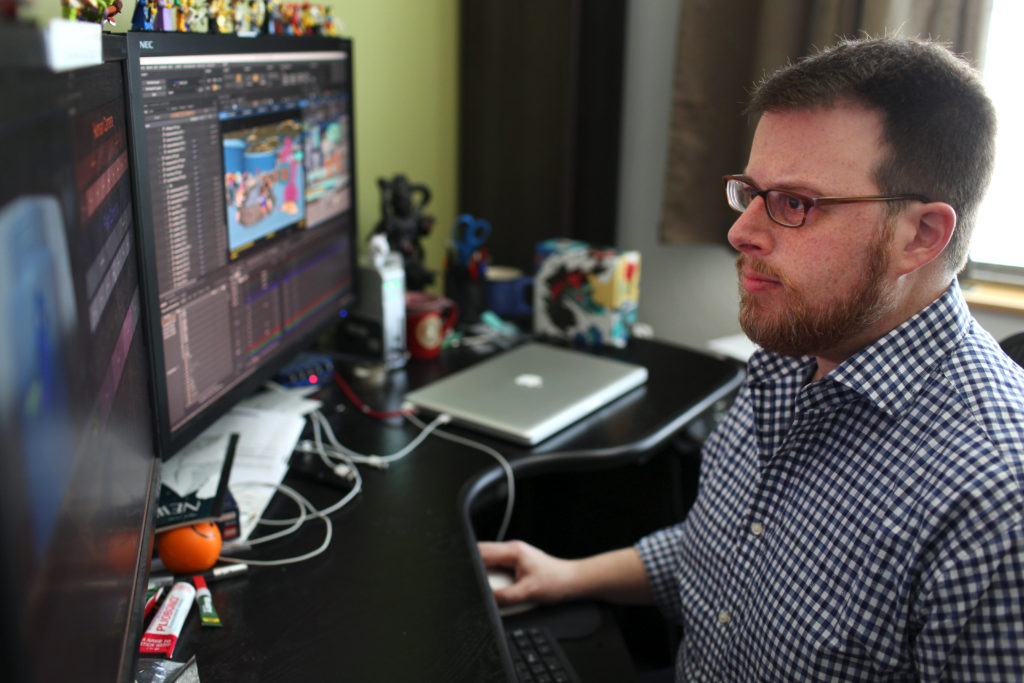The Science Behind the Art of Finding Dory
From the days of Winsor McKay and "Gertie the Dinosaur," animation has been the entertaining combination of art and technology. Obviously, this has continued through the ages and remains true at Pixar. As part of a preview of Finding Dory, Pixar shared some of the new technology being used to make their latest film.
Now, I am no expert on computer animation. If you are a looking for a deep-dive into the 0s and 1s that made Finding Dory, you are in the wrong place. This is for the fan of Pixar’s work that would like to know a little bit about the technical mastery behind the film.
Our presentation was led by Dr. Steve May, the Supervising Technical Director on Finding Dory who also happens to be the Chief Technology Officer as well. You don’t get very far in a conversation about Pixar without hearing about the Pixar Pipeline. That is the term used to describe all the steps an animated film goes through starting with story & concept and ending with rendering.
There are three new pieces of technology that Pixar highlighted as being used in the Pixar Pipeline for the first time. For Finding Dory, Pixar is using a new version of Renderman. Renderman RIS is the biggest step leap in the history of the software. In the real world, there are two types of light; direct and indirect. When they made Finding Nemo they had to fake the lighting as they did not have the technology to use indirect light sources. Of course, the sea is mostly made up of indirect light sources since the sun refracts on the surface and there are not a lot of lamps under the sea. But for Finding Dory, using Renderman RIS, they were able to recreate the indirect light, with the billions of light reflections and refractions that occur in an ocean environment. Even fish tanks where the light goes from outside, through the glass, and into the water provided challenges. This new software is able to handle it and make it appear natural. In fact, when the Dory team thought they may be able to reuse some scenes from the original film, they realized the couldn’t since all the lighting was faked and any changes to the scene would make the whole setting fall apart. Thankfully, Renderman RIS is able to handle complex lighting situations in a natural way.
Of course rendering those billions of light rays takes time. Instead of having the animators wait while the rendering completes to see if they are on the right track, Pixar integrated Katana into Renderman. As an animator makes a change, Katana begins giving the animator a preview of how the final render will look. What starts as a very noisy image, Katana keeps refining as the rendering progresses so the animator does not have to wait until the action is completely rendered to determine if they got the action they wanted.
The final piece of all-new technology is Universal Scene Description or "USD" for short. USD is a calable system for authoring, reading, and streaming time-sampled scene description for interchange between graphics applications. Think of it as a coordination tool that not only organizes various users but also numerous creation tools that are used in animation. Pixar believes that USD will help the entire animation industry organize their output and will be making USD open-source in the near future.
While not a brand new tool, the Presto animation tools has some new tricks such as animation recipes. A recipe allows an animator do actions that have many coordinated actions in one step. For example, in Finding Dory the swimming of the fish was turned into a recipe. While an animator will still tweak the actions, by giving them a starting point on repetitive actions, the animator is able to focus on the more important parts of the character’s performance.
This just scratches the surface of some of the new tech that is being used at Pixar. It shows that they are keeping the Disney tradition of pushing the boundaries of technology for the sake of entertainment. I hope sharing just a bit of all of the new development that was done for Finding Dory you will appreciate the talented technicians at Pixar that may not get the attention the deserve. However, I hope when you see Finding Dory, I hope you don’t notice their work as that is the true sign that they have achieved their goals.





